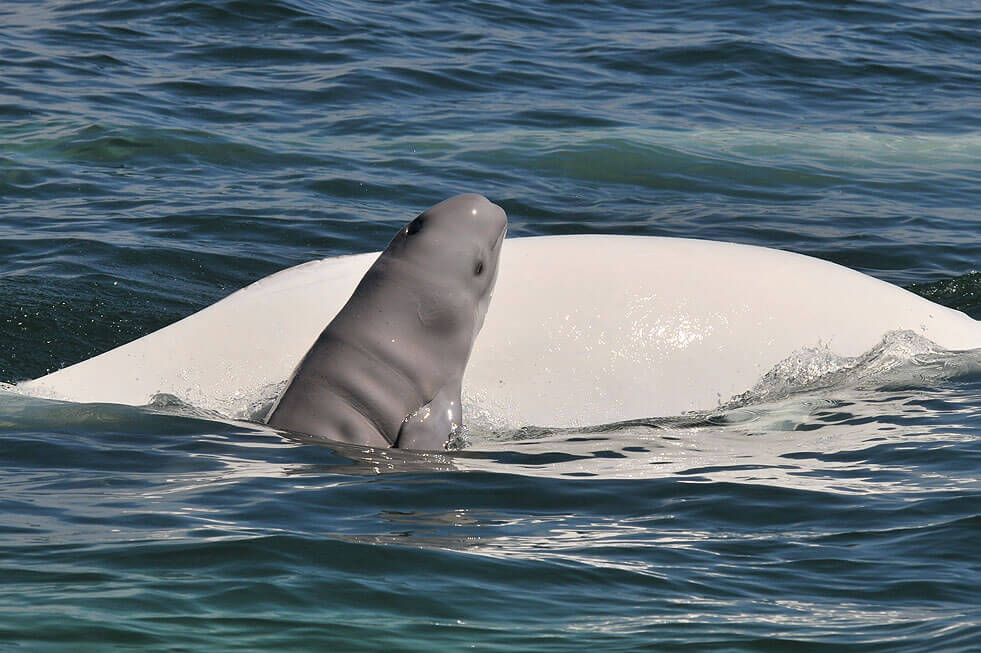Do you tend to carry your baby on your left? And does your child tend to position themselves so that you are on their left when they move? If so, you’re not the only one: like humans, mothers and babies of several species of marine mammals tend to position themselves this way! This positioning is believed not only to reinforce the bond between mother and offspring, but also to increase the chances of survival of young wild mammals.
In a study published this month in the scientific journal Nature Ecology and Evolution, researchers examined mother-offspring positioning in eleven species of wild mammals in different parts of the world, including four species of marine mammals: walruses, belugas, killer whales and southern right whales.
Anytime a newborn approached its mother from behind, researchers noted whether it was on the left or right side of its mother. They recorded nearly 11,000 position choices for 175 mother-offspring pairs. Newborns of all species studied had a tendency – about three times out of four – to position themselves on their mother’s right side (so that their mother was on their left). These findings are consistent with a recent study in humans, showing that children most often approach adults so that they are on their left.
Researchers also found that mammal babies who keep their mothers to their left are better able to follow her, thus increasing their chances of survival. Notably, when newborn whales swim with their mother on their left, they more readily maintain the bond with her by rubbing against her body and are less likely to be accidentally left behind.
However, if a threat arises, positions tend to inverse. Although babies most often position themselves to the right of their mothers (so that the mother is on their left) in normal situations, in stress situations, for instance in the presence of a predator, mothers prefer to position their newborn on their left.
Why these positioning preferences? They seem to be linked to the different roles of the cerebral hemispheres. Information from the left eye is analyzed by the right hemisphere of the brain, which in mammals is also responsible for the processing of social signals and the development of relationships between individuals. Looking at mother or child with this eye might therefore favour interactions and mother-offspring bonding, in addition to optimizing maternal surveillance.





